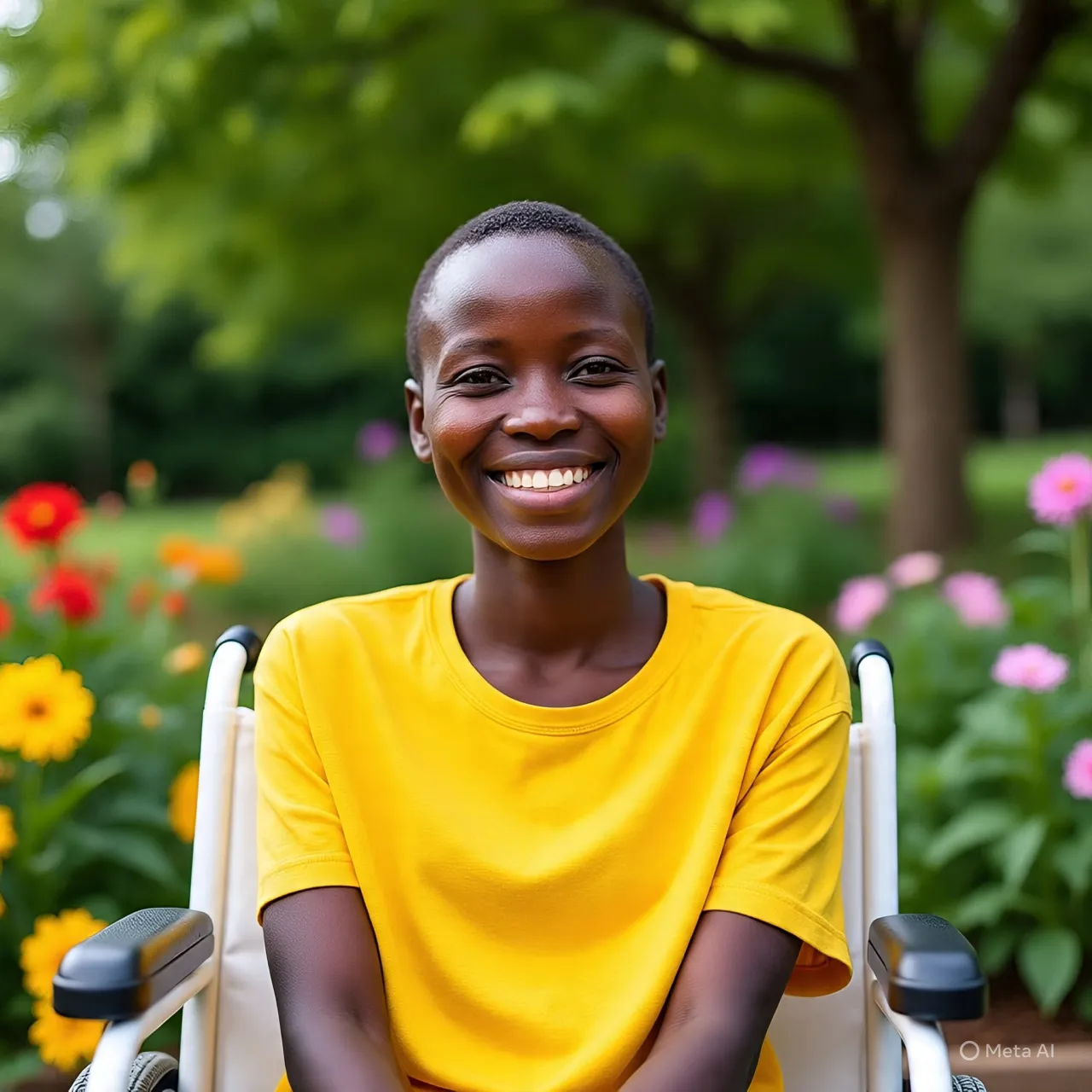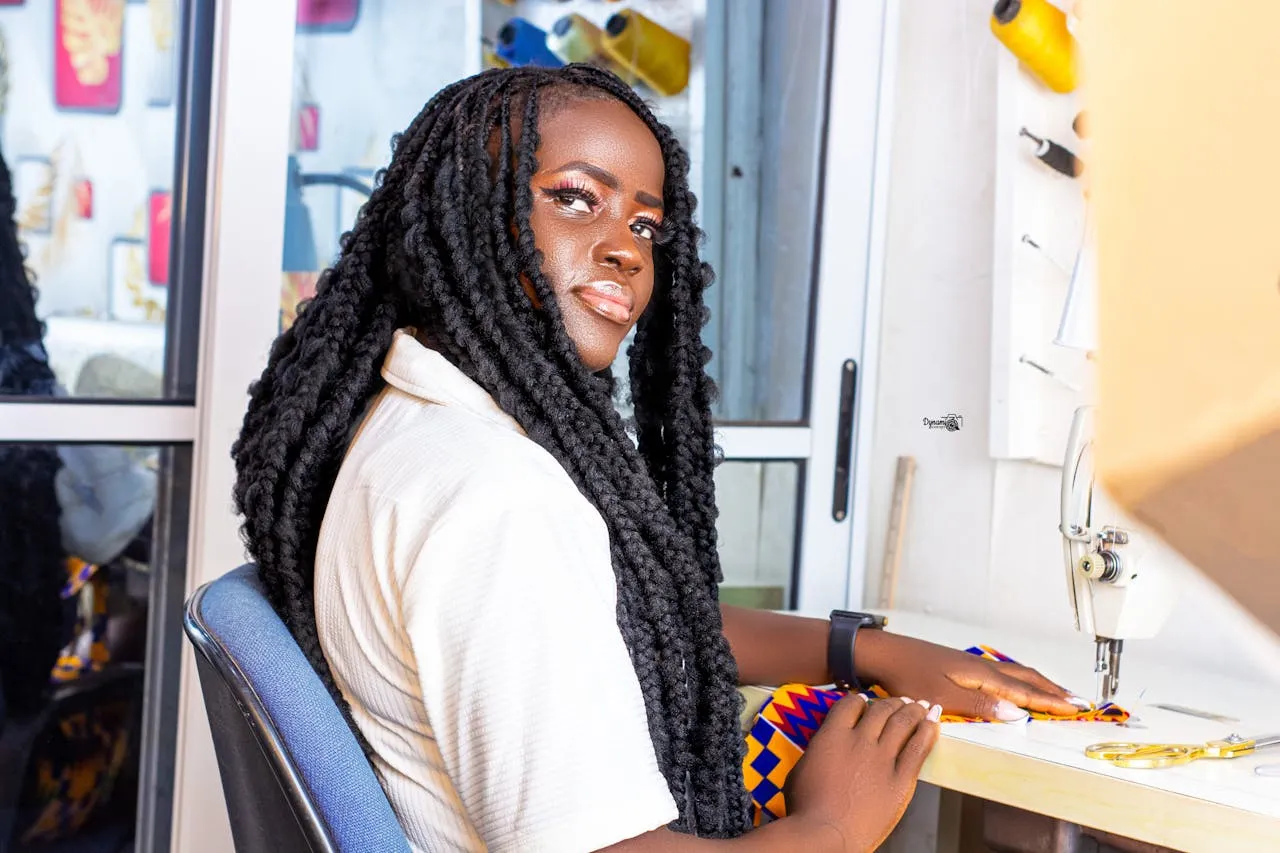Over 3 million children and youth with disabilities (aged 2-30) are trapped in a vicious cycle of exclusion.
Disability shouldn't mean invisibility and yet 13.2% of our population faces systemic barriers that lock them out of education, work, and community life.
Why should you care?
76% of children with disabilities are excluded from
schools, worship places and public spaces. Some
youths notably said, They see my wheelchair, not my potential.

Only 1 in 10 access consistent therapy. Even fewer receive comprehensive rehabilitation.
Dedication of 10% of café profits and 15% of gallery art sales to disability support services.
Teens with disabilities age into vocational exclusion with no job training. This results into life long dependency on others.

90% of caregivers (mostly women) lack stable income. The have to choose between food and therapy.
How do I plan when I can't afford today? Nakato, mother of 3
Facilitation of income-generating activities through the sale of handmade crafts and artworks by mothers and youth PWDs Hosting of paid, skill-based creative workshops led by professionals.
When over 2 million children and youth grow up isolated, untreated, and untrained. This isn't just data - it's stolen potential
How can you help?